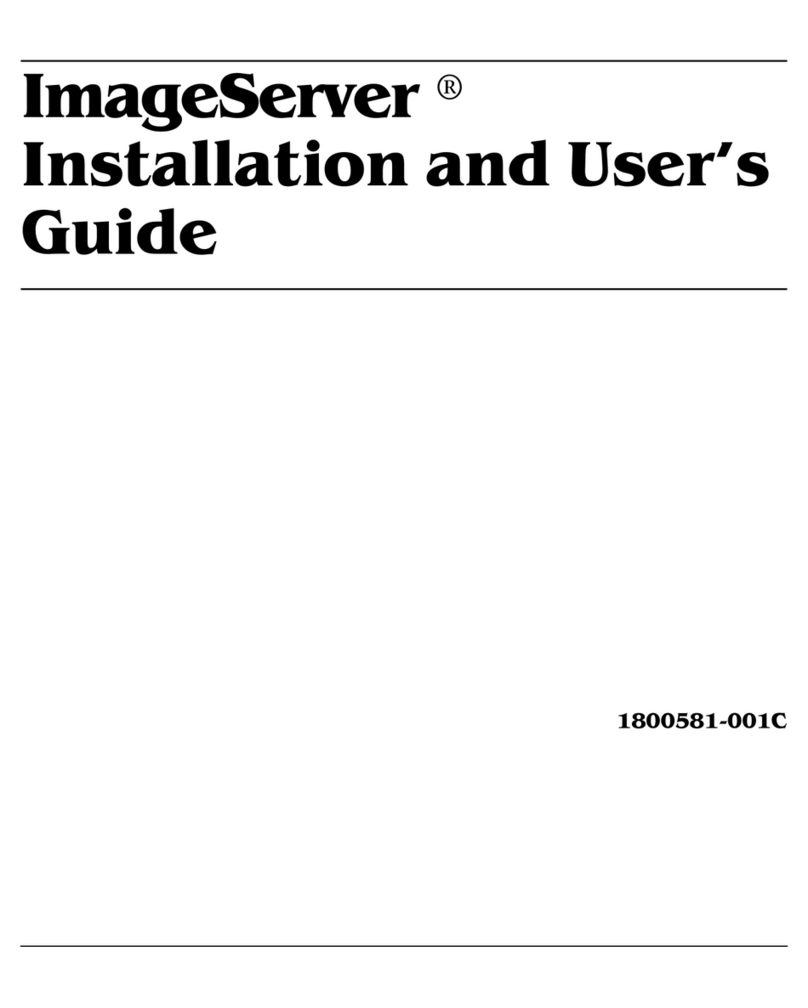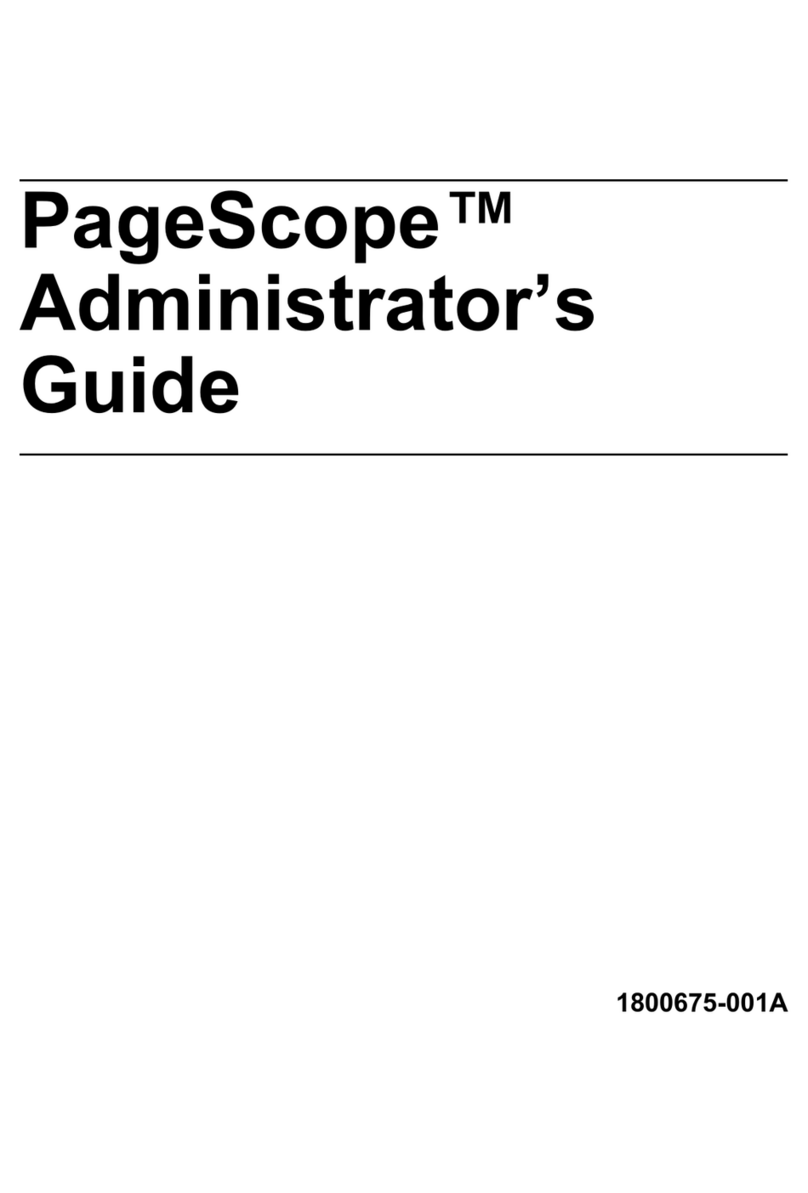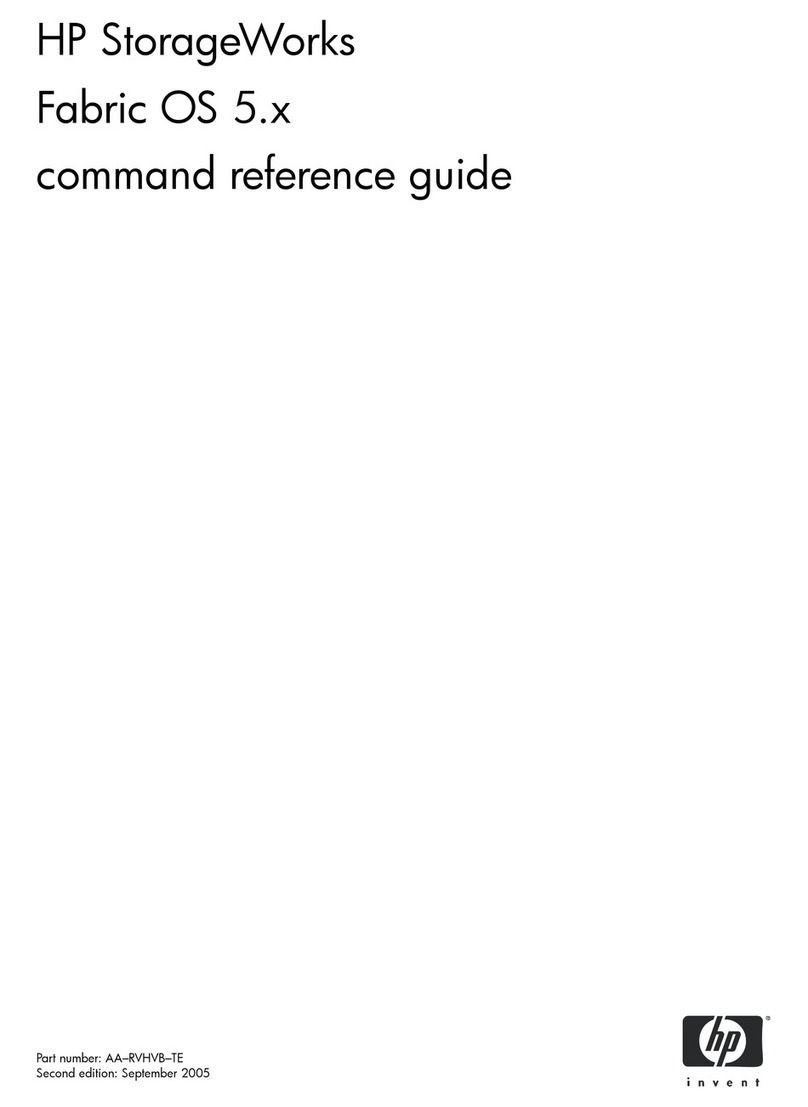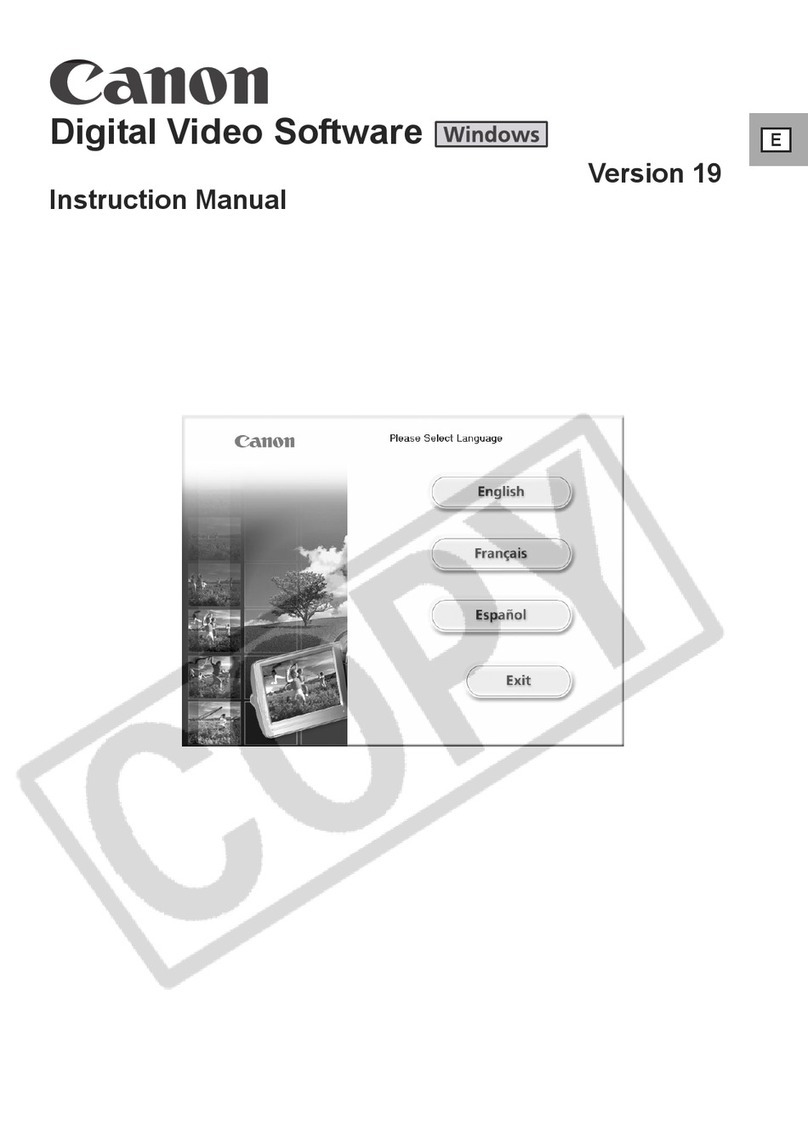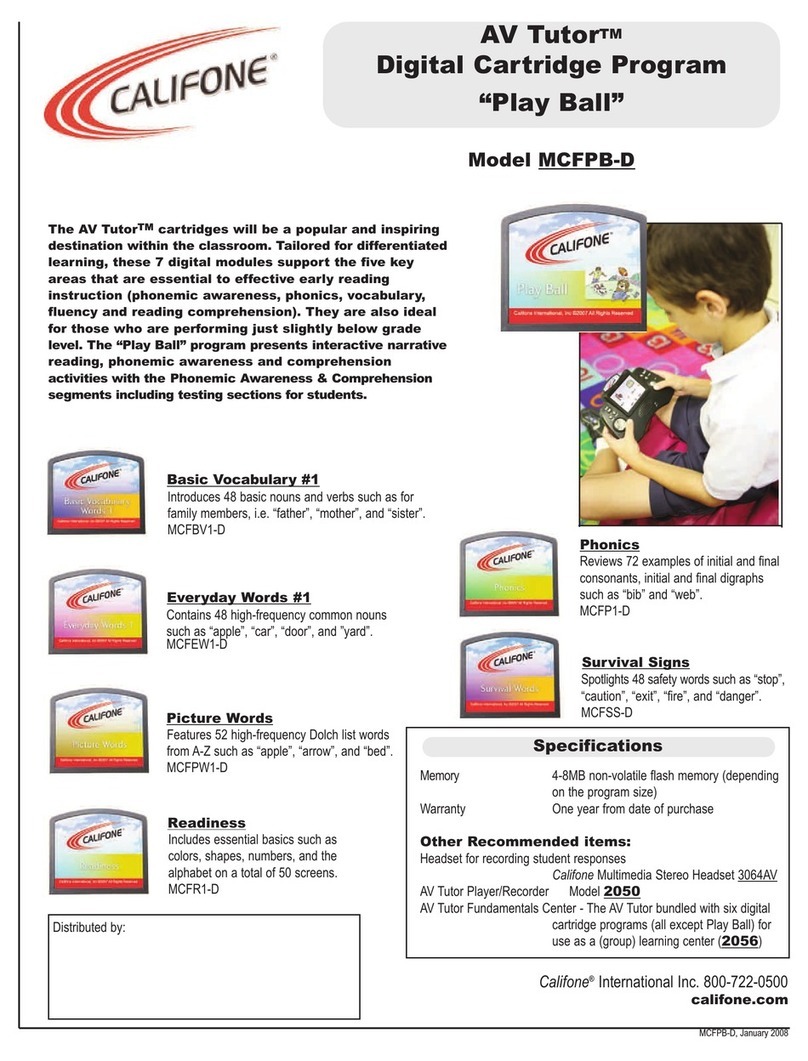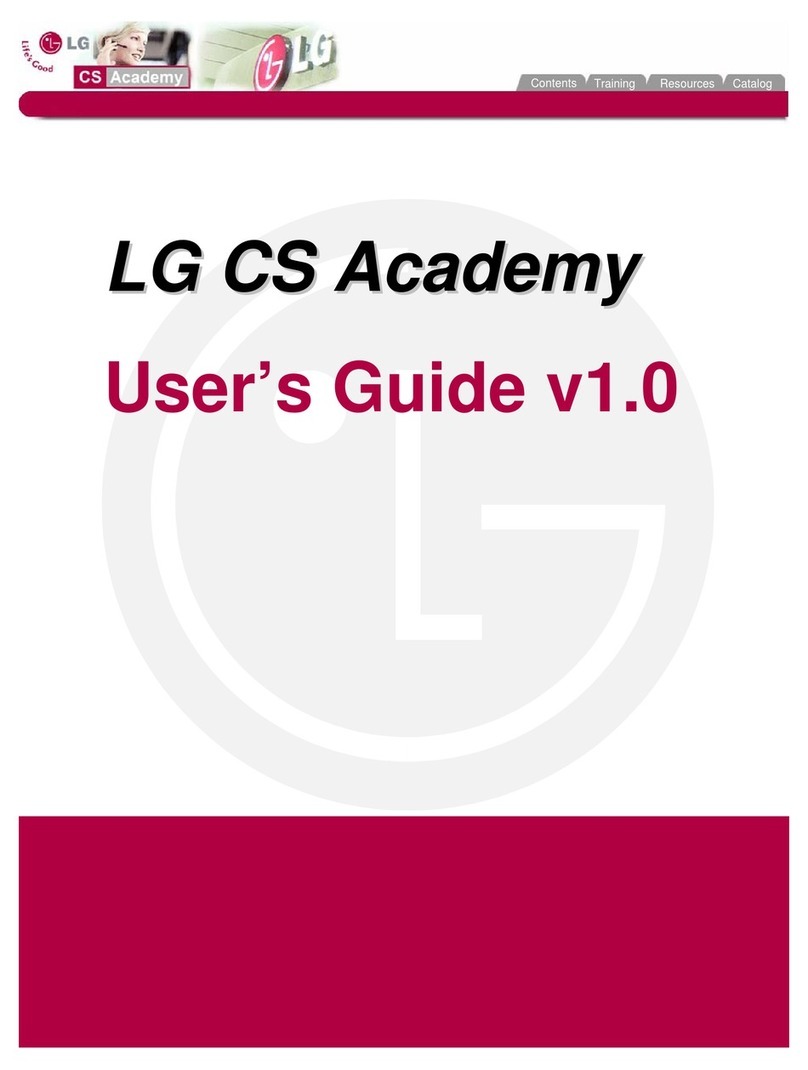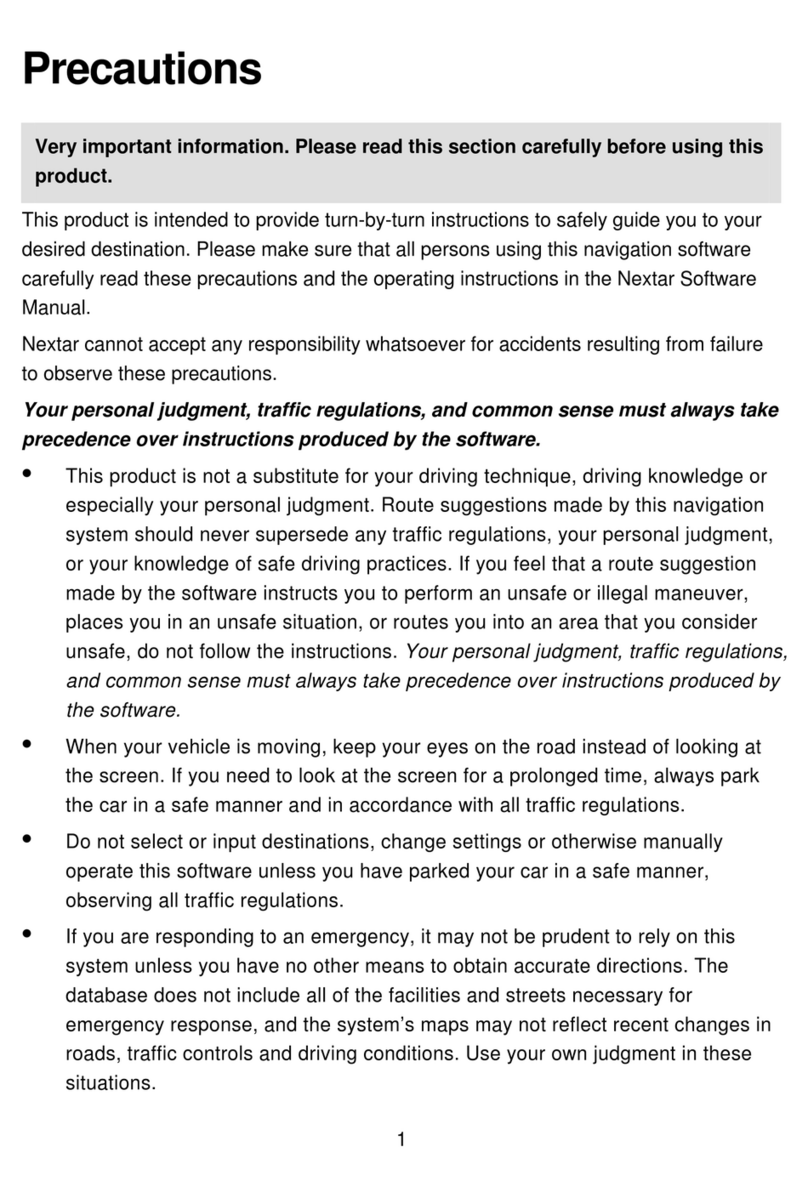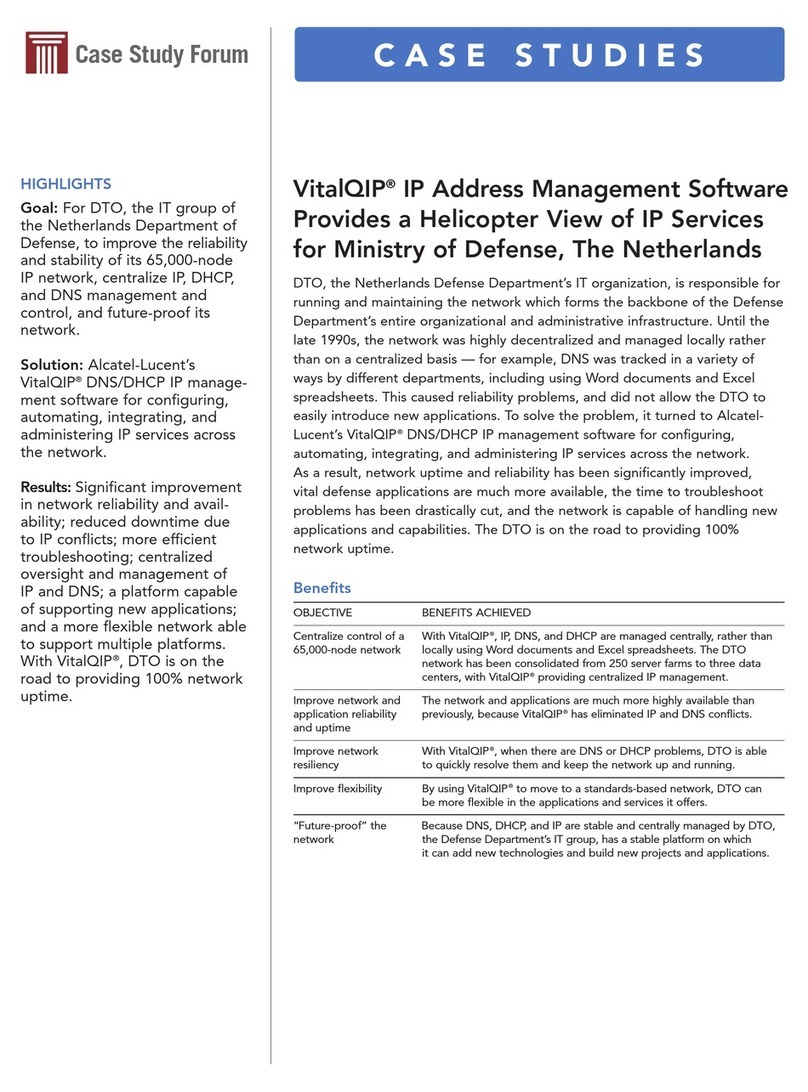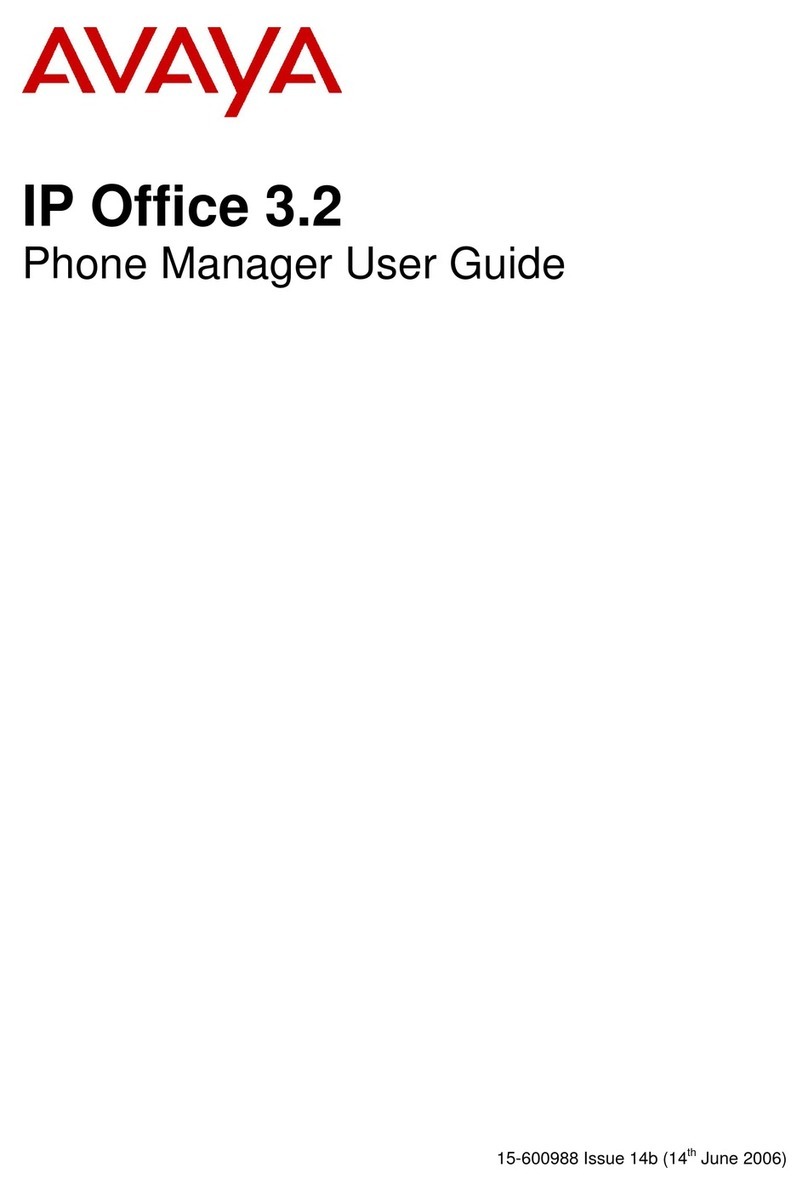MINOLTA-QMS QMS User manual

Crown Document
Option Commands
®
1800216-001J

Trademarks
The following are trademarks or registered trademarks of their respective owners. Other
product names mentioned in this manual may also be trademarks or registered trademarks of
their respective owners. Registered trademarks are registered in the United States Patent and
Trademark Office; some trademarks may also be registered in other countries. The MINOLTA-
QMS logo, Crown, and the Crown logo are registered trademarks of MINOLTA-QMS, Inc., and
PS Executive Series is a trademark of MINOLTA-QMS, Inc. PostScript is a trademark of Adobe
Systems Incorporated for a page description language and may be registered in certain
jurisdictions. Throughout this manual, “PostScript Level 2” is used to refer to a set of
capabilities defined by Adobe Systems for its PostScript Level 2 page description language.
These capabilities, among others, are implemented in this product through a MINOLTA-QMS-
developed emulation that is compatible with Adobe's PostScript Level 2 language. Adobe/
Adobe Systems Incorporated. 3Com, 3+Open/3Com Corporation. Aldus, Aldus PageMaker,
Aldus FreeHand/Aldus Corporation. Apple, AppleTalk, EtherTalk, LaserWriter, LocalTalk,
Macintosh, TrueType/Apple Computer, Inc. VINES/Banyan. CompuServe /H & R Block. DEC,
DECnet, VMS/Digital Equipment Corporation. PhoneNET/Farallon Computing, Inc. Hewlett-
Packard, HP, PCL, HP-GL, LaserJet/Hewlett-Packard Co. IBM PC, Token-Ring/International
Business Machines Corporation. Intel/Intel Corporation. Microsoft, MS-DOS/Microsoft
Corporation. Novell and NetWare/Novell, Inc. QuarkXPress/Quark, Inc. TOPS/Sun
Microsystems, Inc. UNIX/UNIX Systems Laboratories.
Proprietary Statement
The digitally encoded software included with your print system is Copyrighted © 2001 by
MINOLTA-QMS, Inc. All Rights Reserved. This software may not be reproduced, modified,
displayed, transferred, or copied in any form or in any manner or on any media, in whole or in
part, without the express written permission of MINOLTA-QMS, Inc.
Copyright Notice
This manual is Copyrighted © 2001 by MINOLTA-QMS, Inc., One Magnum Pass, Mobile, AL
36618. All Rights Reserved. This manual may not be copied in whole or in part, nor transferred
to any other media or language, without the express written permission of MINOLTA-QMS, Inc.
Products Covered by this Manual
This manual describes Document Option Commands(DOCs) that are used on a variety of
Crown printers. Therefore, not all Document Option Commands and not all printer features
discussed herein necessarily apply to any one printer.
Refer to your printer documentation for a list of DOCs that are supported on your printer, then
use this manual for information about the commands.

Contents
Document Option Commands ............................................................................5
Introduction 6
Printer Compatibility 6
Emulation Sensing Processor (ESP) 7
Using DOCs 7
DOC Statement Syntax 8
Accessing Printer Features 11
Sample DOC Prologue 13
Command Summary 15
Header and Trailer Pages ....................................................................................19
Introduction 20
Chapter Organization 20
DOC Statement Syntax 21
Printing Header Pages 22
Printing Trailer Pages 25
Header/Trailer Information Commands 27

4
Document Control Commands 30
Sample Prologue 32
Selecting Printer Features ...................................................................................35
Introduction 36
Printer Compatibility 36
Chapter Organization 37
DOC Statement Syntax 38
Printing Commands 39
Paper Handling Commands 43
Page Layout Commands 46
Sessions 72
Emulation Command 80
Printer Resolution, Quality, and Color Commands 80
Selecting Emulation Features .............................................................................83
Introduction 84
Chapter Organization 86
DOC Statement Syntax 87
HP-GL Emulation Commands 88
HP PCL4 Emulation Commands 91
HP PCL5 Emulation Commands 93
HP-PCL 5e or 5c Emulation 98
PostScript Emulation Commands 111
LN03 Plus Emulation Commands 111
PostScript Level Commands 113
Lineprinter Emulation Commands 114
CCITT Group 3 and 4 118
CALS 122
TIFF 123
Bin Assignments .................................................................................................125
Printer Bin Assignments 126

1
Document Option
Commands

Document Option Commands6
Introduction
MINOLTA-QMS printers offer a wide range of features for designing and printing
documents. Applications and printer emulations (such as PostScript, HP-GL, HP PCL)
differ in their ability to access some of the printer’s features. The Document Option
Commands (DOC) provide a way to access printer features that are not accessible by your
application or the printer emulation.
Document Option Commands provide a quick and convenient way to access printer
features. By using Document Option Commands instead of individual printer language
commands, one driver can support all languages or emulations used by the printer.
If you are a system administrator, use your host network software to create customized
queues for all users connected to the printer. Use Document Option Commands to
generate personalized header pages or to activate special printer features for each user.
Characteristics of DOCs
Job related
Document Option Commands are relevant to the formatting of documents.
Human readable
No special programming skills are necessary to use Document Option Commands.
Emulation transparent
Document Option Commands are recognized, interpreted, and stripped from the
data stream before the print job is interpreted by the emulation.
Printer Compatibility
Printer features vary on each printer. For example, some of our printers may have a
built-in stapler. Document Option Commands designed to access stapler features would
not work on a printer that does not have a stapler. The purpose of this manual is to provide
an overall context for Document Option Commands used with any printer. Refer to your
printer documentation for a list of Document Option Commands supported and new
Document Option Commands designed to use the particular features of your printer. Refer
to this manual for general examples of how to use Document Option Commands.

Document Option Commands 7
Emulation Sensing Processor (ESP)
Using a form of artificial intelligence, ESP technology analyzes incoming file data from
any of the printer’s interfaces. ESP technology selects the appropriate printer language
from those installed on the printer and processes the print job, freeing the user from the
need to change printer switch settings or send software commands to accommodate
different printer emulations.
Using DOCs
When using Document Option Commands, the print job consists of a DOC prologue
attached to the emulation page descriptions. The prologue consists of text statements that
provide information for the header and trailer pages, and Document Option Commands
that specify how the job is to be processed and printed.
Examples
All DOC prologues begin with %! symbols on the first line. Each DOC statement begins
with two percent signs (%%) as the first characters on a line. Next, a unique keyword
follows with any optional arguments to the next line. Each line is limited to 255
characters. Spaces in the DOC statement are allowed only between keywords and
arguments.
DOC Statement Example
%%IncludeFeature: duplex(on)
Argument
Unique Keyword
Double Percent Signs
Argument Attribute

Document Option Commands8
DOC Prologue Example
%!
%%Title: A Sample Document for the printer
%%For: Corporate Communications
%%Date: 08/21/00 12:30:00
%%IncludeFeature: duplex(on)
%%End Comments
Actual text of print job...
Note that alphabetic case is important for keywords. Use the following rules for all
keywords.
All keywords are lowercase except for the first letter of each “word.” For example:
%%Title; %%IncludeFeature.
All arguments are lowercase except where specified.
DOC Statement Syntax
Document Option Commands have the following syntax:
Mixed case commands must be typed exactly as shown.
Syntax Indicator Keyword
parameters
Indicator An indicator that a Document Option Statement follows. Indicators are %%.
Keyword The command name. Typical examples of indicators and keywords are
%%Title:
%%CreationDate:
%%IncludeFeature:
%%EndComments
Argument Lowercase command that causes action to occur with the print job or printer
function.
Attributes Attributes specify settings for the command. For example, the paper size
attribute of the %%IncludeFeature: input command specifies the paper size
that is to be used for the print job:
%%IncludeFeature: input (letter)

Document Option Commands 9
Syntax Conventions
Example
%%IncludeFeature: orientation (<rotation>)
<rotation> ::== Portrait | Landscape | portrait | land-
scape
Unless noted, all parameters not shown in bold or within < > or { }, must be typed
exactly as shown in the syntax.
Mixed case commands must be typed exactly as shown.
About the DOC Prologue
The DOC prologue is attached to the beginning of a print job either by the person who is
sending the job to the printer, or by a host system print queue. The following rules apply to
DOC prologues:
Every DOC prologue must begin with a single “comment line.” (Comment lines begin
with %! and include all subsequent characters up to the first newline character
encountered.) If a comment line is not on line 1 of the prologue, the printer (or host
software) assumes that no prologue is in the current print job. (If you have subsequent
lines containing valid Document Option Commands, the commands may be ignored
or cause unpredictable results.)
(...) Parentheses are explicit separators that must be entered as shown in the com-
mand syntax. One space (hex 20) is recommended for separation before and
after the parentheses.
< ...> Attributes or values within < > brackets are optional variables. Do not include the
brackets.
[...] Items within square brackets are optional variables.
{...} Parameters or values within curly braces may be repeated one or more times.
Do not include the braces.
::== logical equate symbol
| logical OR function
Spacing Spacing may be used to separate multiple commands and/or arguments on a
single line.

Document Option Commands10
All DOC statements are specified by two percent signs (%%) as the first characters on
a line. The statements consist of a unique keyword and any optional arguments up to
the next newline (linefeed). Use space characters only for the separation of keywords
and arguments. Do not use a space to separate the %% characters from the keywords
or at the beginning of a line. Keywords are case sensitive; type them exactly as shown
in this manual.
All Document Option Commands for a print job must appear in the prologue at the
beginning of the job and must follow one another. The prologue terminates when the
system recognizes a line that does not begin with %% or when it encounters the
%%EndComments command.
When a Document Option Command is used more than once in a print job, the first
instance takes precedence. When multiple files, each beginning with their own Docu-
ment Option Commands, are concatenated together as a single print job, only the com-
mands listed first take effect unless a newlayout command is also included in the print
job. Note that a newlayout command can be used at the beginning of a subjob. Sub-
jobs can be delimited by the %%Session command or by emulation specific job ter-
minators. The newlayout command must be included with each set of Document
Option Commands that you want to be evaluated and used. For more information, see
Chapter 3, “Selecting Printer Features” .
When different Document Option Commands set conflicting attributes for print jobs,
the first command takes precedence.
You may place comment lines (%!) anywhere in the prologue. The printer ignores all
comment lines.
Printing attributes that are not specified by Document Option Commands are determined
by printer default settings.
Unrecognized or unsupported Document Option Commands are ignored. Unrecognized or
invalid arguments to Document Option Commands are also ignored.
DOC Statement Line Constraints
The statement lines have constraints concerning line length and line endings:
Statements (on a single line) must be less than or equal to 255 characters in length,
excluding line termination characters.

Document Option Commands 11
All lines must end with a carriage return character (hex 0D), a line feed character (hex
0A), or a carriage return/line feed combination (hex 0D, hex 0A).
Continuation Lines
In some cases, you may want to use a DOC statement containing more than 255
characters. Continuation lines can be added by beginning each additional line with %%+.
For example, continuation lines might be used in the following manner:
%!
%%Title: A Sample Document for the printer
%%For: Corporate Department
%%Date: 12/25/00 12:35:00
%%IncludeFeature: duplex (on) collate (on)
%%+numcopies (10)
%%+inputbin (1)outputbin (2)input (letter)
%%EndComments
Actual text of print job...
Accessing Printer Features
The %%IncludeFeature keyword includes arguments for selecting printer features.
%%IncludeFeature: argument (attributes) [argument (attributes)...]
More than one argument may be included in a %%IncludeFeature: DOC statement, but
the statement must not exceed 255 characters per line. Use continuation lines that begin
with %%+ if your %%IncludeFeature statement exceeds the 255 characters-per-line
limit. For more information on accessing printer features through the
%%IncludeFeature: DOC statement, see Chapter 3, “Selecting Printer Features” on
page 35.
argument In this case, one of the Document Option Commands that select printer features.
Chapter 3, “Selecting Printer Features” tells you how to use Document Option
Commands to access printer features.
attributes The variables for the specified command. Attributes include on, off, and alphanu-
meric names and values. The value must be enclosed in ( ).

Document Option Commands12
%%IncludeFeature Command Example
This example specifies orientation, margins, input bin, output bin, copies, duplexing, and
collation:
%%IncludeFeature: orientation (portrait)
%%+margins (3600 7200 3600 3600) inputbin (Letter)
%%+outputbin (1) numcopies (5) duplex (on)
%%+collate (on)
DOC Prologue Terminator
The %%EndComments command terminates the DOC prologue and signals the beginning
of the print job's data. All data after the %%EndComments command is handled by the
selected emulation. The command syntax is
%%EndComments
This command should be used only to prevent further processing of Document Option
Commands. The DOC prologue is also terminated when a line is encountered that does not
begin with %% or %! characters.

Document Option Commands 13
Sample DOC Prologue
The prologue shown below uses all the header and trailer page Document Option
Commands described in chapter 2 as well as the %%IncludeFeature command described
earlier in this chapter. The figure on the next page shows the header page that results from
this prologue. (The printer and product names shown on header and trailer pages vary
depending on the product.)
%!
%%Title: Little Boxes
%%For: Corporate Communications
%%Routing: Mail Stop 5440
%%Date: May 1, 2000
%%Creator: Line Editor
%%CreationDate: May 1, 2000
%%CopyRight: Copyright 2000
%%Version: Version 1.0
%%IncludeFeature: header (on) trailer (on)
%%+emulation (postscript) numcopies (2)
%%EndComments
/Times-Roman findfont 30 scalefont setfont
/square
{newpath
0 0 moveto
90 0 lineto
90 90 lineto
0 90 lineto
closepath fill
6 92 moveto
(A Box) show }def

Document Option Commands14
postscript
JOB 2
Little Boxes
For:Corporate
Communications
Routing: Mail Stop 5440
Date:May 1, 2000
Creator:Line Editor
magicolor
6100 Print System PrintQueue

Document Option Commands 15
Command Summary
The following is a list of Document Option Commands
Header/Trailer Page Commands
Header page %%IncludeFeature: header
Trailer page %%IncludeFeature: trailer
Save job for reprinting %%Retain
Header/Trailer Information Commands
Accounting information %%ChargeNumber:
Copyright statement %%CopyRight:
Application used %%Creator:
Date and time created %%CreationDate:
Current date %%Date:
Owner %%For:
Host computer %%Host:
Routing information %%Routing:
Title %%Title:
Version and Revision %%Version:
Document Control Commands
Document formatting options %%IncludeFeature:
Page order command %%PageOrder:
Document number of pages %%Pages:
Ending the prologue %%EndComments:
Job boundery command %%EndOfDocument:
End of document command <ESC>%-12345x
Subjob boundery command %%Sessions
Job completion email notification %%Notify
Document Formatting
Print background images %%IncludeFeature: background
Booklet printing %%IncludeFeature: booklet
Print borders %%IncludeFeature: border
Collate print job %%IncludeFeature: collate

Document Option Commands16
Color separation command %%IncludeFeature: colorseparation
Color model command %%IncludeFeature: colormodel
Duplex print jobs %%IncludeFeature: duplex
Select emulation %%IncludeFeature: emulation
Select paper %%IncludeFeature: input
Logical margins %%IncludeFeature: margin
Media type command %%IncludeFeature: mediatype
New Layout command %%IncludeFeature: newlayout
Select number of copies %%IncludeFeature: numcopies
Stacker offset command %%IncludeFeature: offset
Select orientation %%IncludeFeature: orientation
Select output bins %%IncludeFeature: output
Number up printing %%IncludeFeature: pagegrid
Offset logical page %%IncludeFeature: pageoffsets
Logical page orientation %%IncludeFeature: pageorientation
Print page range %%IncludeFeature: pagerange
Scale logical page %%IncludeFeature: pagescaling
Logical page size %%IncludeFeature: pagesize
Select print mode %%IncludeFeature: quality
Set printer resolution %%IncludeFeature: resolution
Set staple mode %%IncludeFeature: staple
HP-GL Emulation Commands
Select enhanced resolution %%IncludeFeature: enhanced
Expand plot %%IncludeFeature: expand
Select original paper size %%IncludeFeature: size
Select pen width and color %%IncludeFeature: pen
Select plotter %%IncludeFeature: plotter
Scale the image %%IncludeFeature: scaling
HP PCL 4, 5e and 5c Emulation Commands
Enable scalable fonts %%IncludeFeature: scalablefonts
Install object %%IncludeFeature: install
Remove object %%IncludeFeature: remove
Remove resource %%IncludeFeature: removeresource
Select default font %%IncludeFeature: font

Document Option Commands 17
Select default font ID %%IncludeFeature: fontid
Select symbol set %%IncludeFeature: symbolset
Set carriage return to CR+LF %%IncludeFeature: criscrlf
Set linefeed to CR+LF %%IncludeFeature: lfiscrlf
Set number of lines per inch %%IncludeFeature: linesperinch
Set point size %%IncludeFeature: pointsize
Resource %%IncludeFeature: resource
Lineprinter Emulation Commands
Select font for current job %%IncludeFeature: font
Set point size for current job %%IncludeFeature: pointsize
Specify character map type %%IncludeFeature: map
Number lines %%IncludeFeature: number
Set tabs %%IncludeFeature: tabs
Set linefeed to CR+LF %%IncludeFeature: lfiscrlf
Set carriage return to CR+LF %%IncludeFeature: criscrlf
Set formfeed to CR+FF %%IncludeFeature: ffiscrff
Wrap lines %%IncludeFeature: autowrap
Set number of lines per page %%IncludeFeature: linesperpage
Set margins %%IncludeFeature: lpmargins
Set orientation %%IncludeFeature: lporientation
PostScript Emulation Commands
SC 200 to set PostScript protocol %%IncludeFeature: parpsprotocol
CCITT Groups 3 and 4 Commands
Start decompression %%ImageData
Set encoded byte flag %%EBAMode
Set end of block %%BlockEnd
Set line end %%LineEnd
Eject page %%PageEnd
Set image position %%ImagePosition
Invert image %%InvertImage
Set dpi for image expansion %%DPI
Set data compression %%Compression
Reverse bits %%BitReverse

Document Option Commands18
End print job %%JobEnd
Set image size %%ImageSize
Set image rotation %%Rotation
Set image location on page %%SourceImageOrigin
Set image location in source %%SourceImagePosition
LN03 Commands
Identify product %%IncludeFeature: product
Control line wrap %%IncludeFeature: autowrap
Specify default paper size %%IncludeFeature: paper_size
Control transformation point %%IncludeFeature:
paper_size_override
Adjust image horizontally %%IncludeFeature: xorigin
Adjust image vertically %%IncludeFeature: yorigin
Set power-up configuration %%IncludeFeature: reset_override
CALS Commands
Automatic rotation of image %%IncludeFeature: autorotation
Automatic scaling of image %%IncludeFeature: autoscaling
TIFF Commands
Automatic rotation of image %%IncludeFeature: autorotation
Up or down scaling of image %%IncludeFeature: autoscaling
Automatic selection of paper size %%IncludeFeature: sheetsel
Annotation %%IncludeFeature: annotation
Reverse image control %%IncludeFeature: reverse
Control disk scratchfile size %%IncludeFeature: scratchfile
Set annotation tag number %%IncludeFeature: tag

2
Header and Trailer Pages

Header and Trailer Pages20
Introduction
Header and trailer pages are separator pages that identify each print job and help users sort
out print jobs in the printers output bin. A “header” page prints before the first page of a
print job. A “trailer” page prints after the last page of a print job. Use the Document
Option Commands in this chapter to turn header/trailer pages on or off and to customize
the information displayed on them.
Chapter Organization
Use this table to go to the command or information included in this chapter.
For information on... Go to...
DOC statement syntax “DOC Statement Syntax” on page 21
Header pages “Printing Header Pages” on page 22
Trailer pages “Printing Trailer Pages” on page 25
Header/Trailer commands “Header/Trailer Information Commands” on page 27
Printing document title “Document Title” on page 27
Printing document host “Document Host” on page 27
Printing document owner “Document Owner” on page 28
Printing document routing “Routing Information” on page 28
Printing time of document “Printing Time” on page 28
Printing application used “Application Used” on page 28
Printing document copyright date “Copyright Date” on page 29
Printing document accounting “Charge Number” on page 29
Printing document version “Version Number” on page 29
Printing document creation date “Creation Date” on page 29
Controlling page order “PageOrder Command” on page 30
Controlling number of pages “Pages Command” on page 30
Selecting job options “IncludeFeature Command” on page 31
Ending the DOC prologue “EndComments Command” on page 31
Header prologue example “Sample Prologue” on page 32
This manual suits for next models
1
Table of contents
Other MINOLTA-QMS Software manuals
Popular Software manuals by other brands

Red Hat
Red Hat ENTERPRISE LINUX 3 - SECURITY GUIDE Administration guide

Omron
Omron CX-MOTION-NCF - V1.9 Operation manual
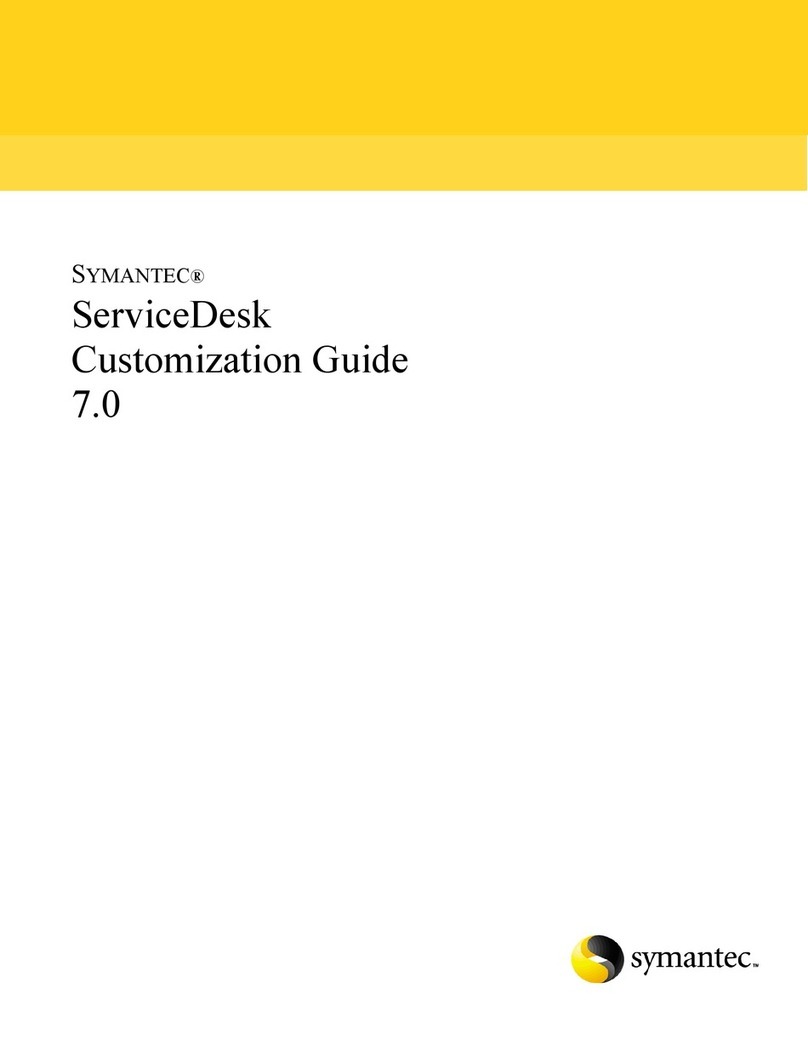
Symantec
Symantec SERVICEDESK 7.0 MR2 - CUSTOMIZATION GUIDE... manual
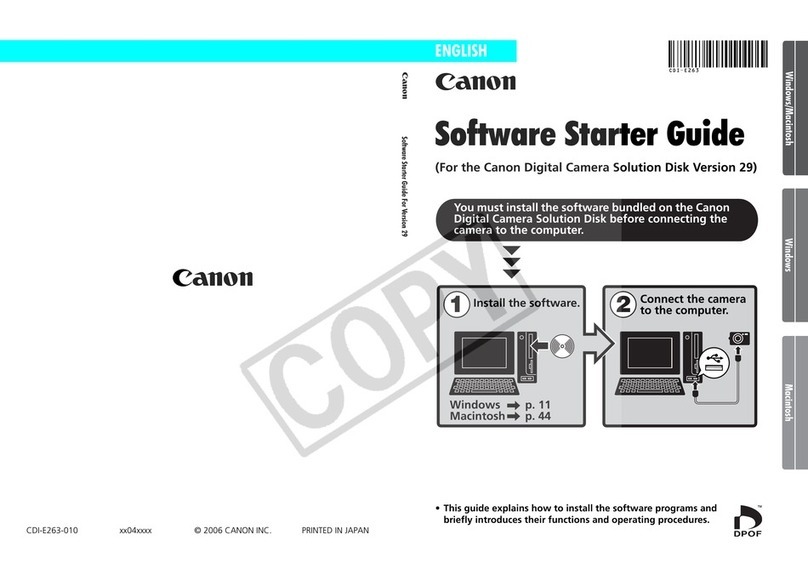
Canon
Canon Optura Pi Software starter guide
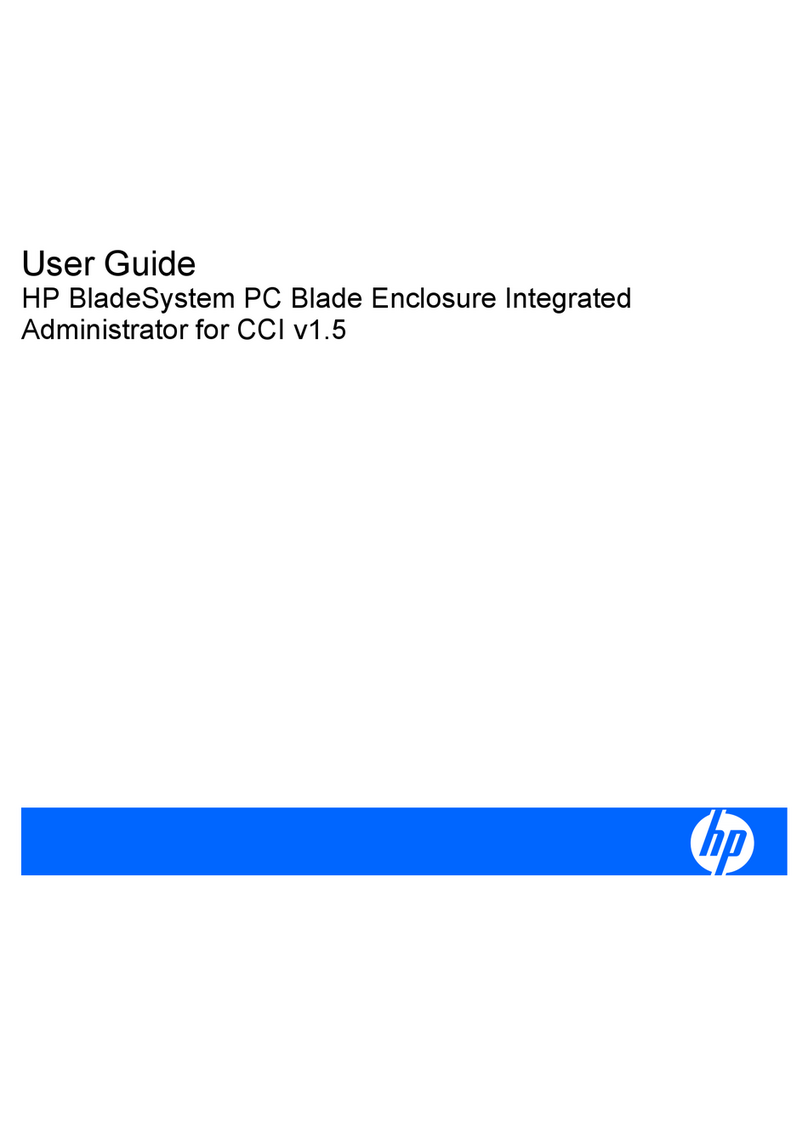
HP
HP BladeSystem bc2000 - Blade PC user guide
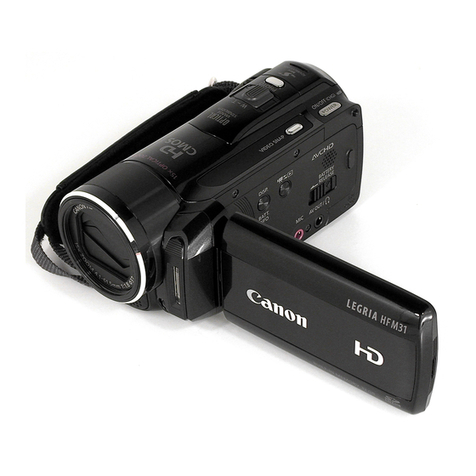
Canon
Canon VIXIA HF M30 instruction manual
